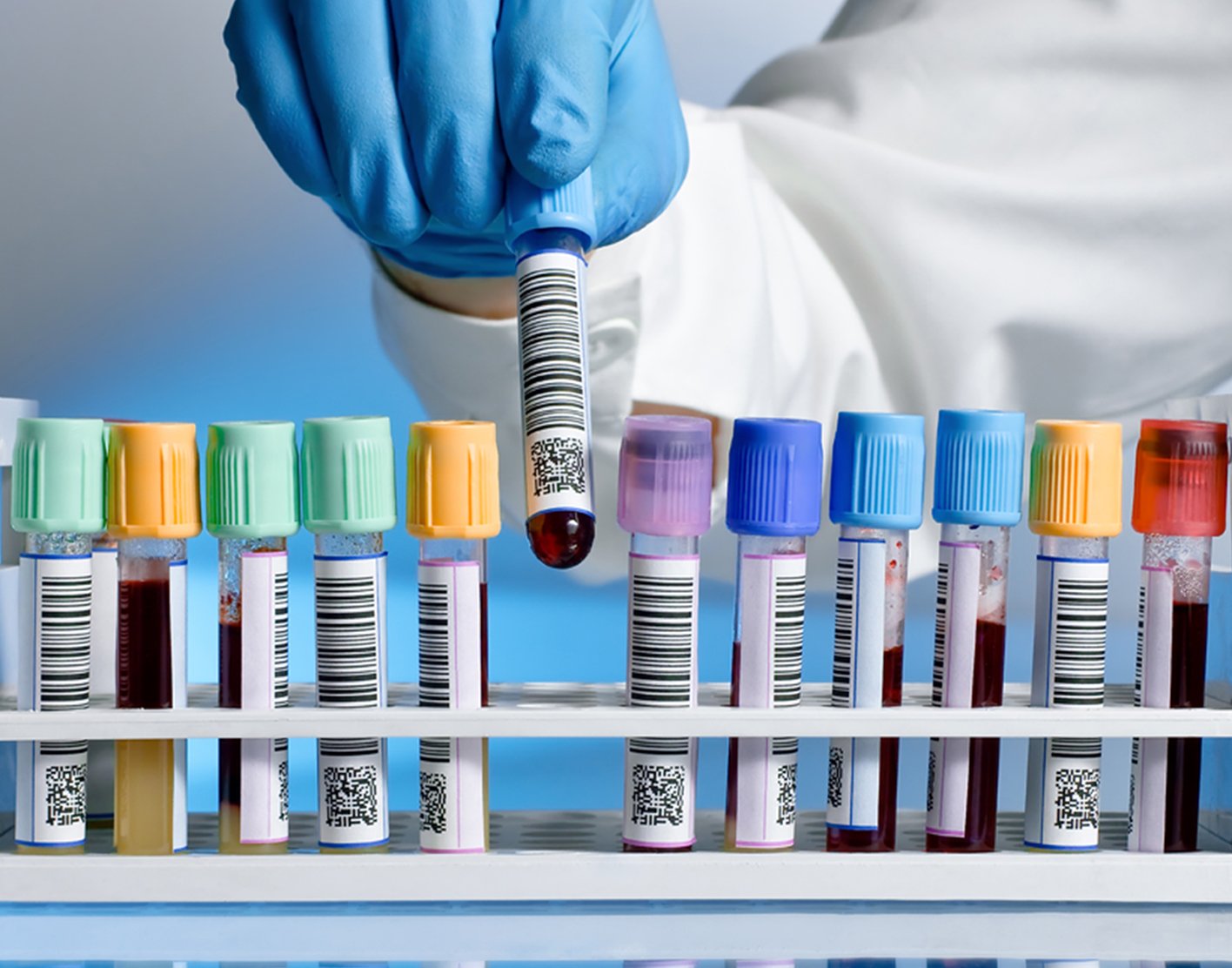
Nitroblue tetrazolium blood test
Definition
The nitroblue tetrazolium test checks if certain immune system cells can change a colorless chemical called nitroblue tetrazolium (NBT) into a deep blue color.
Alternative Names
NBT test
How the Test is Performed
A
The chemical NBT is added to the white blood cells in the lab. The cells are then examined under a microscope to see if the chemical has made them turn blue.
How to Prepare for the Test
No special preparation is needed.
How the Test will Feel
When the needle is inserted to draw blood, some people feel moderate pain. Others feel a prick or stinging. Afterward, there may be some throbbing or a slight bruise. This soon goes away.
Why the Test is Performed
This test is done to screen for
The health care provider may order this test for people who have frequent infections in the bones, skin, joints, lungs, and other parts of the body.
Normal Results
Normally, the white blood cells turn blue when NBT is added. This means that the cells should be able to kill bacteria and protect the person from infections.
Normal value ranges may vary slightly from one lab to another. Talk to your doctor about the meaning of your test results.
What Abnormal Results Mean
If the sample does not change color when NBT is added, the white blood cells are missing the substance needed to kill bacteria. This may be due to chronic granulomatous disease.
Risks
There is little risk involved with having your blood taken. Veins and arteries vary in size from one person to another and from one side of the body to the other. Taking blood from some people may be more difficult than from others.
Other risks associated with having blood drawn are slight, but may include:
- Excessive bleeding
- Fainting or feeling lightheaded
- Multiple punctures to locate veins
- Hematoma (blood accumulating under the skin)
- Infection (a slight risk any time the skin is broken)
References
Priel DL, Kuhns DB. Assessment of neutrophil function. In: Rich RR, Fleisher TA, Schroeder HW, Weyand CM, Corry DB, Puck JM, eds. Clinical Immunology: Principles and Practice. 6th ed. Philadelphia, PA: Elsevier; 2023:chap 94.
Tosi MF. Normal and impaired immunologic responses to infection. In: Cherry JD, Harrison GJ, Kaplan SL, Steinbach WJ, Hotez PJ, eds. Feigin and Cherry's Textbook of Pediatric Infectious Diseases. 8th ed. Philadelphia, PA: Elsevier; 2019:chap 2.
Review Date: 28/02/2023
The information provided herein should not be used during any medical emergency or for the diagnosis or treatment of any medical condition. A licensed physician should be consulted for diagnosis and treatment of any and all medical conditions. Call 911 for all medical emergencies. Links to other sites are provided for information only -- they do not constitute endorsements of those other sites. Copyright ©2019 A.D.A.M., Inc., as modified by University of California San Francisco. Any duplication or distribution of the information contained herein is strictly prohibited.
Information developed by A.D.A.M., Inc. regarding tests and test results may not directly correspond with information provided by UCSF Health. Please discuss with your doctor any questions or concerns you may have.



























